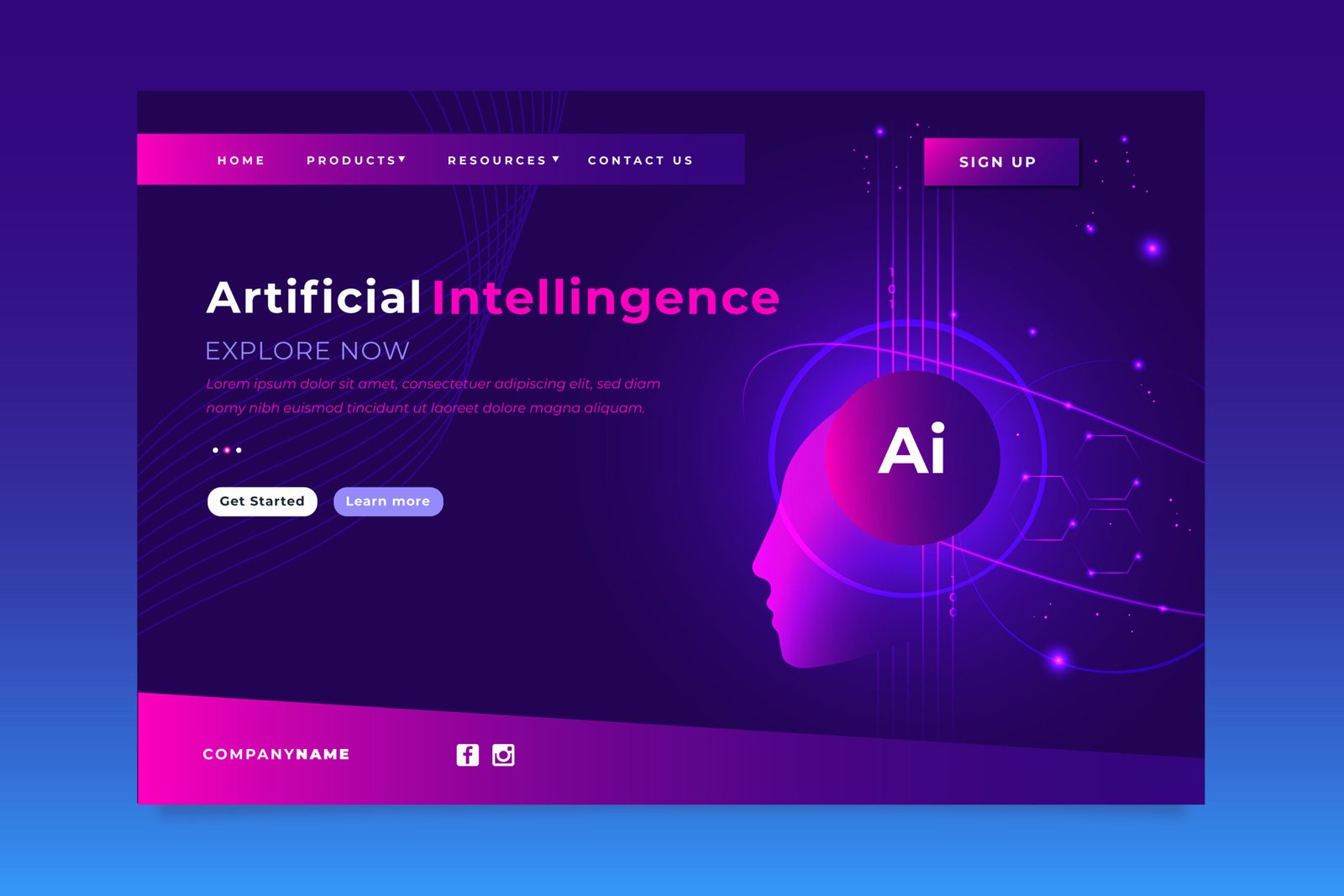A travel agency website is created through a comprehensive process that includes planning, research, design, and development.
Step 1: Plan and Research
Define goals and objectives.
What is the primary goal of the website?
Is it for information, reservation purposes, travel advice, or a combination of both?
Target Audience: Who is your primary target audience: families, solo travellers, or adventure seekers?
Competitor Analysis
Analyze competitor websites: What is happening out there with competition, and what are the strengths and weaknesses of the competition?
Market Trends: Keep your ear on the ground concerning any market trend in the travel industry.
Content Strategy
What must be covered: destination guides, travel tips, means of booking, customers’ testimonials, blogs, and more.
SEO Strategy: Make a list of important search terms and plan content around the search term.
Step 2: Wireframes and Layout Design
Sketching
Create wireframes: Use tools like Sketch, Figma, or Adobe XD to create very basic wireframes that show the overall identifiable structure and flow of your site.
Navigation: Make the navigation process easy with a clean structure on the menu.
Make Human
Home page: An attractive home page with beautiful images, easy-to-find call-to-actions, and top destinations presented to the user.
Destination Pages: Make destination-wise single pages with elaborate descriptions with a touch of photos and options to book.
Booking System: The home page and each destination page will have an easy-to-use booking system.
About Us and Contact: Here, the whole agency, with a brief introduction, information about the team, and contact details, is provided.
Step 3: Visual Design
Branding
Logo and Color Scheme: Include your logo and design a color scheme that fits your brand.
Typography: Select a well-designed typeface that is easily readable.
Imagery
High-Quality Pictures: Use high-resolution images to demonstrate places.
Style Consistency: Ensure consistency in style and quality of images.
Make Interactive
Sliders and Carousels: Add featured destinations or customer testimonials to sliders.
Maps: Embed interactive maps to display travel routes and destination locations.
Videos: Travel videos might be integrated to produce more engaging visitor content.
Step 4: Constructing
Define a platform.
Content Management System (CMS): Using WordPress, you can give your site an easy update and maintenance feature.
Custom Development: For complex requirements, custom development may be in HTML, CSS, JavaScript, PHP, or Node.js.
That makes sense, right?
Ensure your website is responsive and optimized for a good user experience on any device.
Performance Optimization
Loading Speed: Optimize images, use caching, and, in some cases, a content delivery network to boost loading speed.
SEO Optimization: Implement proper SEO best practices with meta-tagging, image alt text, and cleaner URLs.
Step 5: Test and Launch
Testing
Usability Testing: It is navigable and usable.
Cross-Browser Testing: Check whether the website functions on all browsers and devices.
Functionality Testing: Test all form-based systems, booking systems, or other interactive elements.
Open
Pre-Launch Checklist: Go through all the links, images, and content on the website before setting it live.
Go Live: Make the website public and check for potential hitches.
Step 6: Maintenance and Updates
Regular Updates: Update the blogs, travel guides, and news.
Security: Occasionally, run security checks and update plugins.
Analytics: Monitor the website’s performance with Google Analytics and optimize appropriately.
Tools and technology
Design Tools: I have proficiency in Sketch, Figma, Adobe XD, and Canva for designing.
Development Tools: HTML, CSS, JavaScript, WordPress, or custom development frameworks.
SEO Tools: Google Analytics, SEMrush, and Yoast SEO.
Testing Tools: cross-browser testing with BrowserStack and performance testing with Google PageSpeed Insights.
Create an appealing and user-friendly website for your travel agency by following the steps mentioned above.








